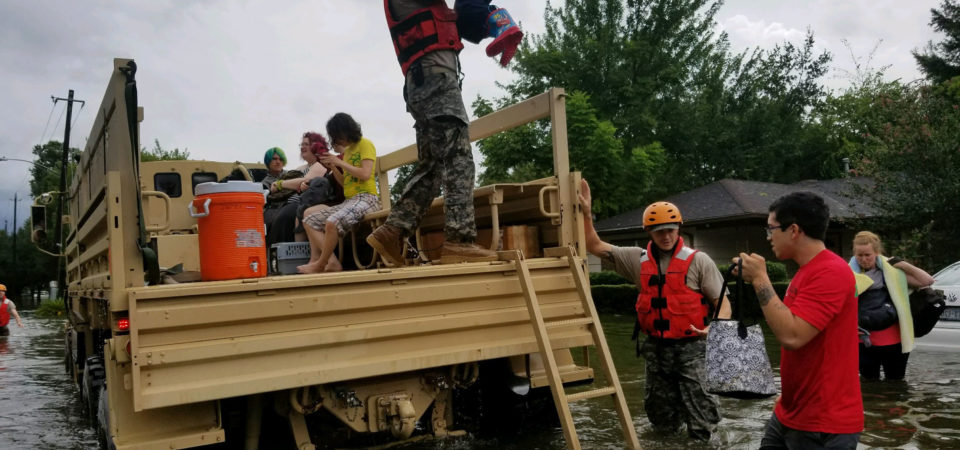Item Link: Access the Resource
Date of Publication: October 3, 2018
Year of Publication: 2018
Author(s): John Wendle
Journal: Medium
Rising temperatures are bringing ethnic tensions to a boil in Central Asia.
The Kyrgyz soldier stepped quietly out of the dark green bushes and swung his Kalashnikov rifle in the direction of our car. Another emerged and did the same. Their checkpoint was a skinny log dragged across a broken asphalt road heading toward an ethnic Uzbek village and the disputed waters of the Kasan-sai, a reservoir that irrigates the agricultural heartland of the ancient Fergana Valley. With a sleepy shake of his head, the special forces sergeant waved his rifle and made us turn our beat-up Mitsubishi around. “There won’t be any fighting here,” the sergeant said.
At least not today. The quiet of the hot September afternoon was unbroken as we turned around and slowly ground off through the heat. Driving back the way we came through the parched foothills on the edge of the western Tian Shan range, a spur of the Himalayas, we did not pass any other cars.
But it has not always been this quiet. Throughout the spring and summer in 2016, tensions flared after ethnic Uzbek villagers and police blocked access to the reservoir and its water, which lies inside Kyrgyzstan. Uzbekistan drove armored personnel carriers into Kyrgyzstan, and both sides have captured and detained each other’s citizens. Fistfights and potshots have been common. For farmers scratching out a bare existence from increasingly dry land, water is lifeblood, and worth fighting for.
I have come to this remote and haphazard army post, standing between Uzbek and Kyrgyz farmers whose lands both need water, to see for myself the front line of climate change. A 2014 study in the Journal of Climate, published by the American Meteorological Society, reported that the warming rate in Central Asia has been twice the average global warming rate over the same period, and larger than any previous decade, over the first 12 years of the 21st century. As the region heats up, it faces increasing political instability and violence.
This is particularly so in the vast Fergana Valley. Its tangled knot of borders, ethnicities, water rights, decreasing resources, and increasing temperatures makes it a crucible of global warming and human conflict — a place where geography, climate, and politics collide. Indeed, historically violent ethnic divides and regular disputes over natural resources make armed conflict as a result of climate change more likely in this region, one that has already seen hundreds killed in two pogroms over the past 27 years, in part fueled by fights over territory and water.
“These small villages fight almost every day for water and land,” said Altynbek Kadyrov, an agricultural project manager for the U.S. State Department’s Agency for International Development (USAID) in Kyrgyzstan. “As soon as something disrupts their agriculture, they have to fight or do something to ensure that they don’t go hungry in the winter.”
You may read the complete article here.
The views and opinions expressed through the MAHB Website are those of the contributing authors and do not necessarily reflect an official position of the MAHB. The MAHB aims to share a range of perspectives and welcomes the discussions that they prompt.

